JÖRO 2.0 may only be a 15-minute drive from its original shipping container site in Sheffield city centre, but it’s difficult to imagine a more contrasting location for Luke French and Stacey Sherwood-French.
The umlaut-loving duo have swapped a car park in what was once the South Yorkshire city’s principal red-light district for an enormous former paper mill that anchors a new, sustainably minded high-end housing development on the eastern edge of the Peak District.
“The original JÖRO was about as urban as you can get, but it was always the plan to be somewhere more rural,” Stacey says. “We love Sheffield, but we’re not city people – we both come from tiny villages.”
As with the first iteration of their distinctive, East Asia-infused modern British restaurant, the move is the product of the pair being in the right place at the right time: the developers behind JÖRO’s original home, Krynkl, are the same team behind the Oughtibridge Mill development.
“They knew we wanted something outside the city,” Luke explains. “We came to see it and fell in love with it immediately, despite the mill being basically derelict. It was just four walls, really.”

Making the sums add up
The sheer scale of the stone-walled building – you could probably stack about 50 of the old JÖROs within the 954sq m high-ceilinged space – has required the pair to create something that’s much more than a single ambitious fine dining restaurant.
“JÖRO alone cannot sustain this building. We’d have to charge people £600 a head to make it work,” says Stacey who, upon crunching the numbers – she is the spreadsheets person in the relationship – quickly found that the only way of generating enough revenue was to create a multi-faceted hospitality experience designed to offer a wide range of price points.
Launched at the very end of last year, JÖRO 2.0 combines an impressive double-height fine dining restaurant and futuristic-looking open kitchen with seven high-spec bedrooms, a shop, a bar and a more casual restaurant. The project is now complete following the recent unveiling of a large terrace that overlooks the housing estate and a pretty forested area beyond.
The presence of JÖRO – which is by some margin Sheffield’s highest-rated and best-known place to eat – is one of the Oughtibridge Mill development’s biggest draws. “That’s great, but it’s a lot of pressure. Some of our regulars at the old site have moved out here just because of us,” Stacey says.
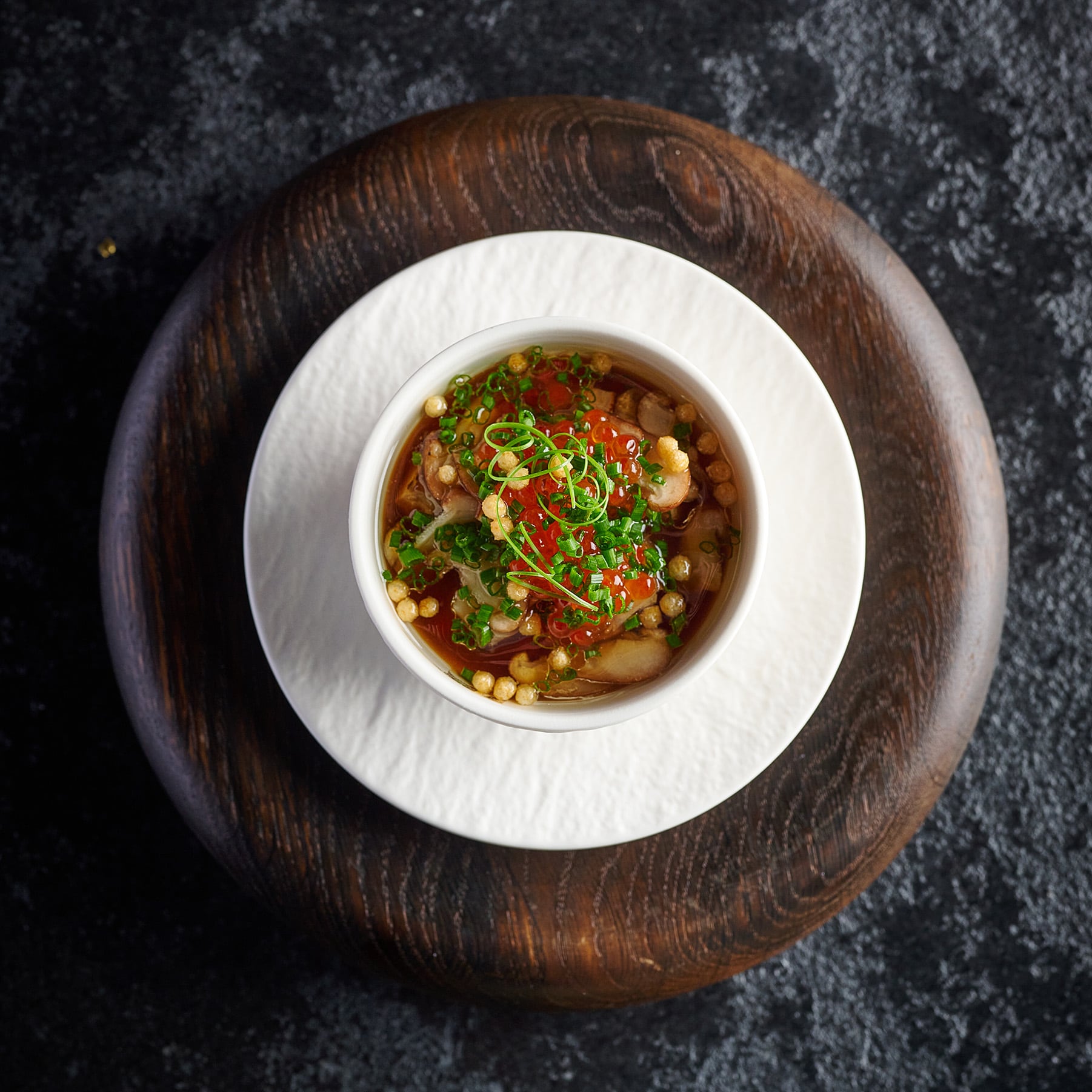
Further ramping up the pressure is the fact that surprisingly, given the scale of the project, JÖRO continues to have no backers. The move to Oughtibridge Mill has been funded with the profits from the previous site and a bank loan. The pair are currently leasing the building but hope to eventually buy it outright.
While it would be folly to bet against the pair – the combination of Luke’s creativity and single-minded approach in the kitchen and Stacey’s operational and financial nous is a formidable one – it soon becomes clear that JÖRO 2.0 is a high-wire act.
As things stand, the 32-cover restaurant’s dozen-or-so-course tasting menu (£125) isn’t intended to make a profit; it just covers the cost of delivering it.
“It definitely needs to go up, as do the prices for the rooms, but the focus for us at the moment is to be busy. Ultimately, most of our profits will come from the rooms and events. It’s a flexible space, we can do a lot here,” says Stacey, who has come up with an ingenious way of increasing revenue within the main restaurant at lunchtime.
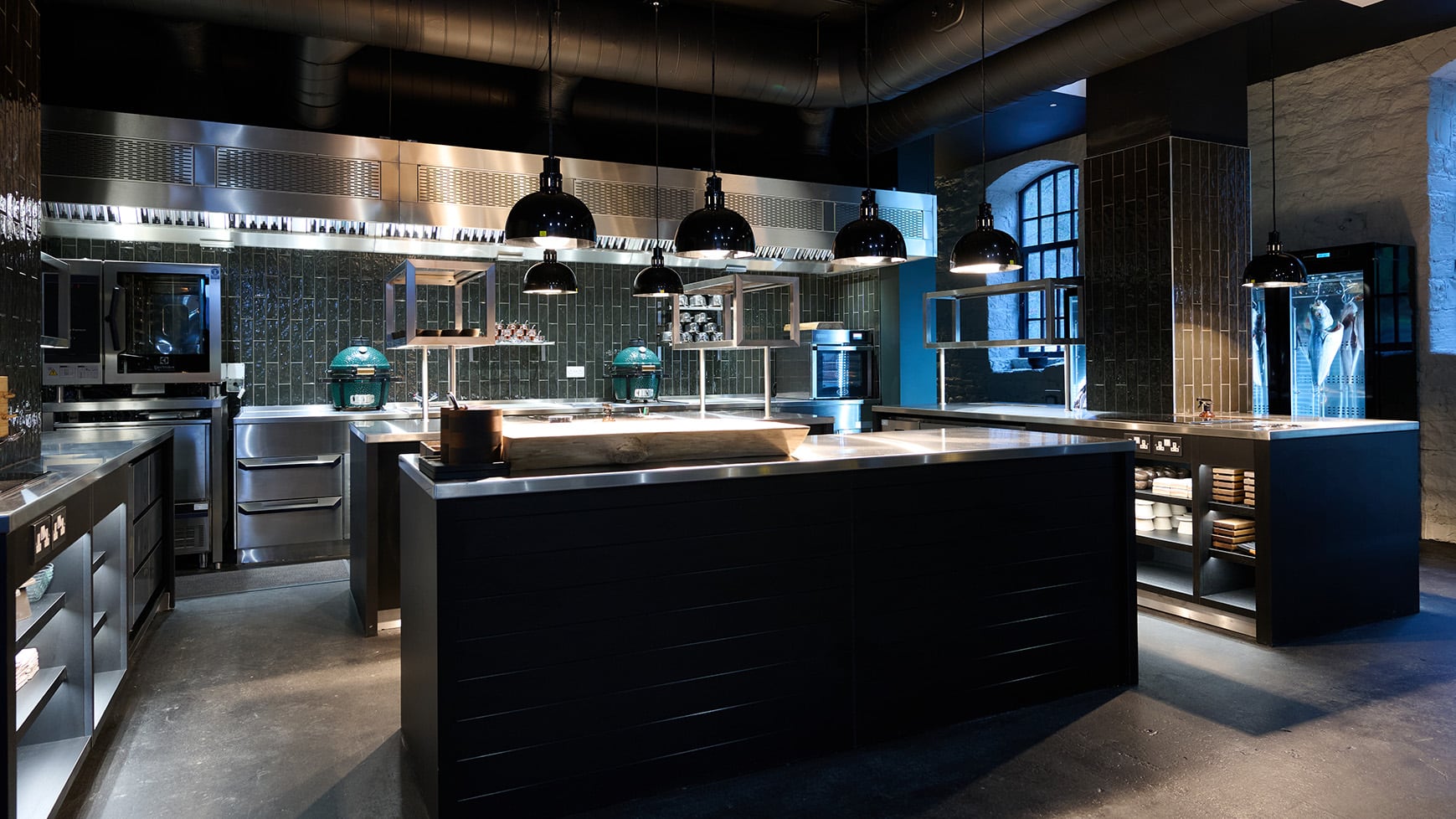
Sweating assets
Split sittings are a common tactic used by restaurants to increase profitability in the evening, but the practice is virtually unheard of at lunchtime because the window during which people want to eat is too small.
Stacey’s solution is to offer JÖRO’s £55 express tasting menu at midday only, with the more premium menu available later on during the service. The two cohorts of diners cross over, with the first seating finishing up as the second is seated, so from the guest’s perspective it’s a single fluid service.
“It’s inspired by what we had to do at the old place as we were coming out of the pandemic. With only 18 covers, the only way to survive was to do four services a day – two at lunch and two at dinner.”
“Serving two 10-course tasting menus back-to-back at the old site was tough given the lack of space,” Luke adds. “It works much better here and it’s also good to have a more accessible menu. We see it as a marketing exercise for the full menu, but people don’t leave hungry.”
There is a single, albeit staggered, seating in the evening, with the £125 menu the only option offered.
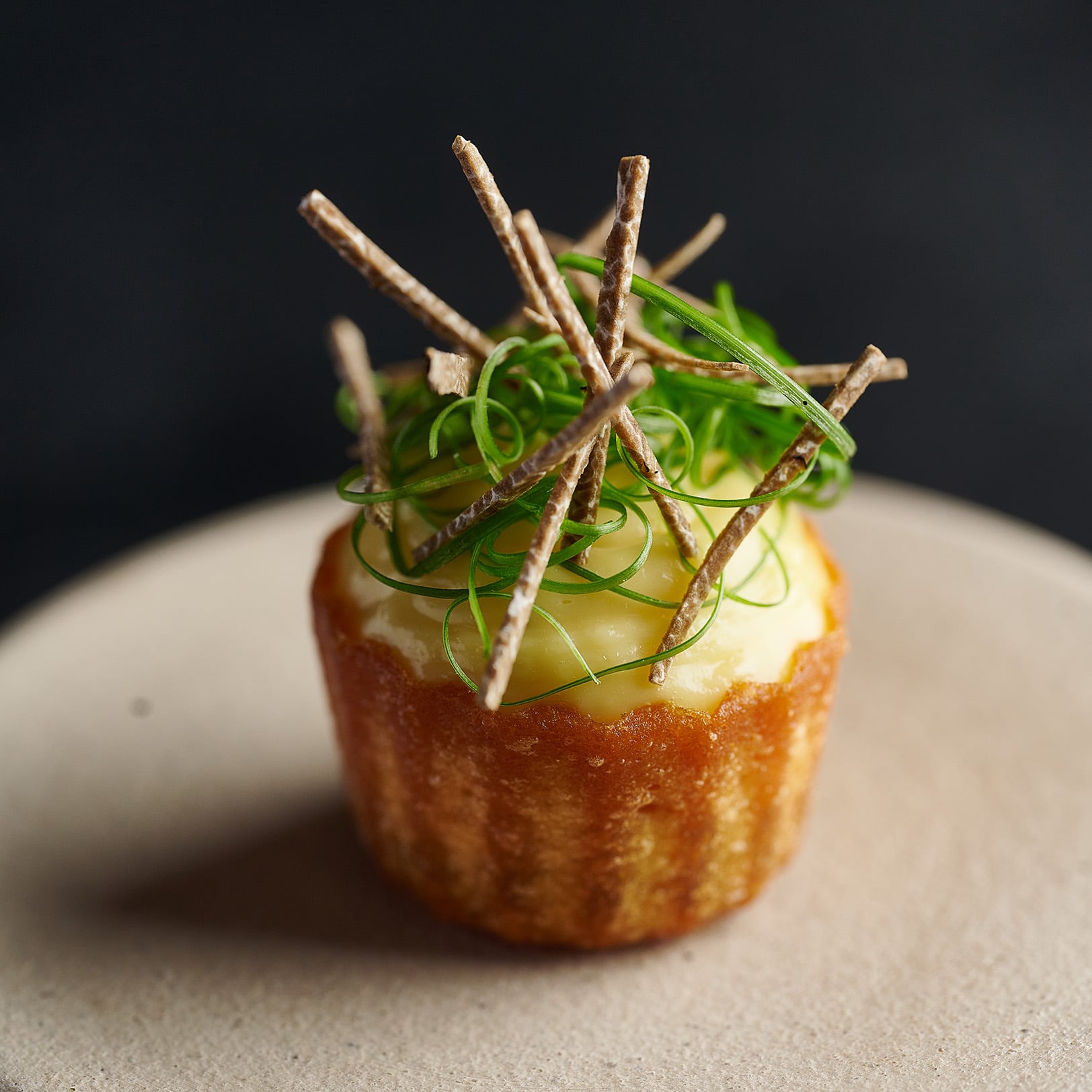
Moving away from New Nordic
Packed with premium ingredients including Japanese hamachi, Vale of Mowbray hogget and fat Orkney scallops, it’s hardly surprising that JÖRO’s menu isn’t generating much profit. Meals start with a selection of punchy one-bite snacks, including a cheddar and caramelised Roscoff onion-filled choux bun paired with pineapple flavoured with Sansho pepper and lime leaf.
More substantial dishes include trout with sea buckthorn and yuzu kosho beurre blanc and kinome; celeriac teriyaki with ancho chilli; and chawanmushi topped with oyster, new-season peas and seaweed.
When the first iteration of the pair’s flagship opened in 2016, the menu blended New Nordic and East Asian influences (JÖRO takes its name from an Old Norse word for ‘earth’) but over the years Luke has dialled back the Scandi influence. The restaurant still sources some great local ingredients, but it is also now prepared to look much further afield to give its guests the very best.
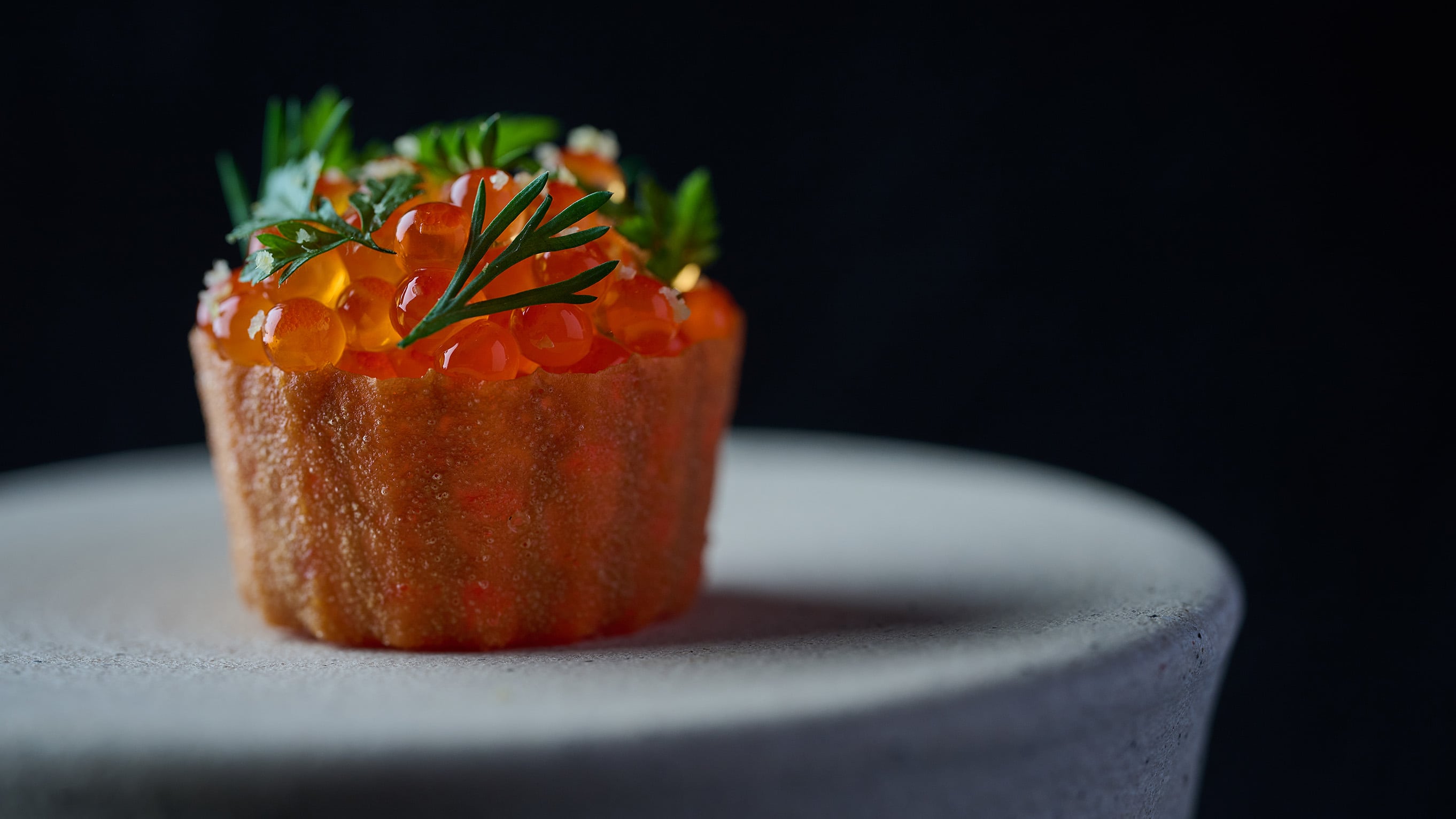
“We still do some foraging, but there is less of an emphasis on that these days,” says Luke, who cooked at The Fat Duck and the now-closed Cambridge restaurant Alimentum prior to striking out on his own. “If I had to describe what we do now, we’re a modern British restaurant with a heavy influence from Asia that uses a mix of British and international ingredients.”
Eighteen months of behind-the-scenes development work prior to the relaunch has seen Luke’s food mature. “The style is similar, but there’s more story and personality now. The visuals are much better too because all the crockery is now bespoke,” he adds.
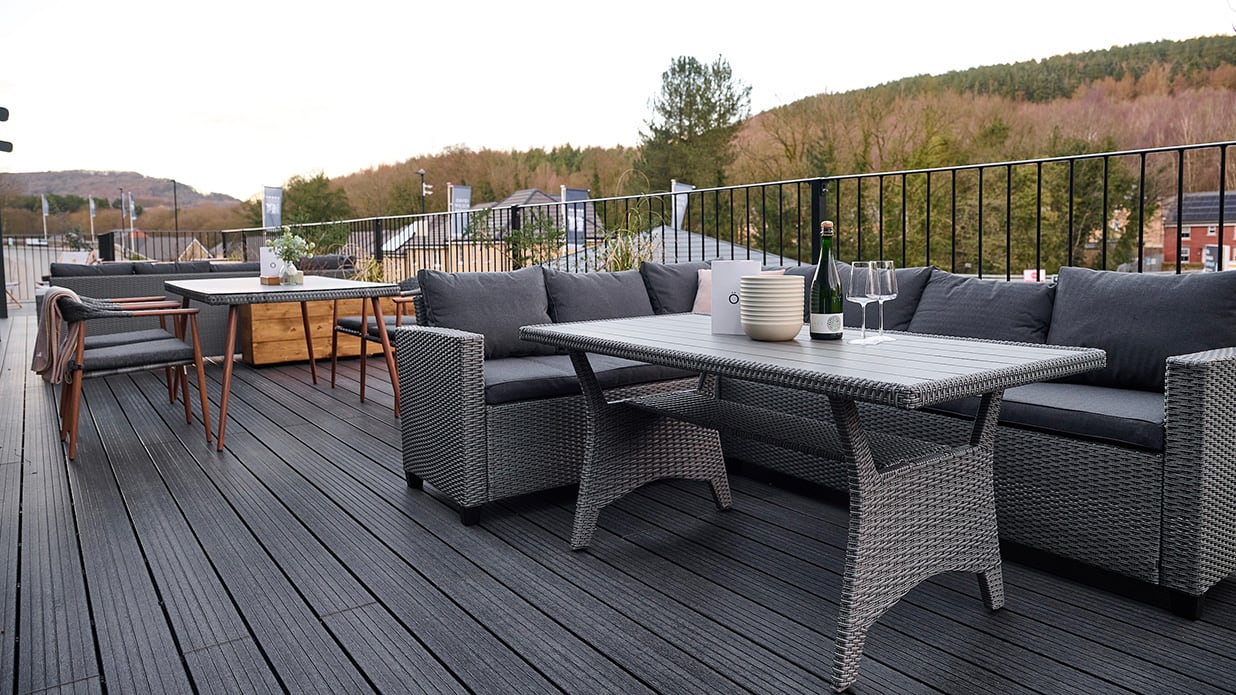
Casual options
The casual restaurant at the site is gearing up slowly but will eventually become a seven-day-a-week operation. “Bar & Terrace at Oughtibridge Mill is our take on casual dining, but it has the same standards and overall philosophy as the main restaurant – it’s just a lot simpler in the execution,” Luke says.
The kitchen and menu have been designed so that one chef can run the service on most nights with menu options that include a selection of pintxos, wood-fired pizzas and some more substantial grilled meat dishes, including a lamb Barnsley chop with fermented baby peppers and chimichurri, and a Hereford bavette steak with peppercorn sauce.
SHÖP, meanwhile, sells a range of high-end deli products, kitchen equipment and a selection of drinks, including JÖRO’s own gin. Launching soon is a range of ready meals made in-house, mainly intended for locals and guests staying at JÖRO itself (all of the rooms have kitchens).
“Being so close to the Peak District, we are getting a lot of guests that want to use us as a base to explore, and they don’t necessarily want to eat in the main restaurant every night they are here,” Stacey says. “That means we need to give people other options.”

The change of location has already seen JÖRO’s demographic shift. While the Oughtibridge Mill project’s first few months were dominated by regulars, the past six months or so have seen this audience augmented by a slightly older crowd that largely lives outside the city limits.
“It’s opened things up. We’ve talked to a lot of them, and many said they had been meaning to try us but were put off by the need to come into the city centre. Extensive parking and the option of staying have really opened things up for us.”
But the couple are not turning their back on Sheffield just yet. The JÖRO brand maintains a significant presence in the city with rooms and chef’s table concept House of JÖRO, and Asian casual dining concept Konjö, which has moved into the site that was once home to the pair’s flagship, having originally launched at Sheffield food hall Cutlery Works.
While JÖRO has inspired other young people in Sheffield to try new things, the city remains a tough market for forward-thinking operators.
“There is more of a scene now, particularly for coffee shops and bars,” Luke explains. “There still aren’t many good restaurants, but there are people that have worked at good places elsewhere who are now starting to experiment with pop-ups, which is exciting. We’re not shy about saying we’ve played a big part in that.”
The problem is that people often don’t stick to their guns,“ Stacey adds. ”A business opens doing something different, but when it doesn’t work out, they start serving loaded fries. But we get it – it can be very hard when you’re not making any money.”
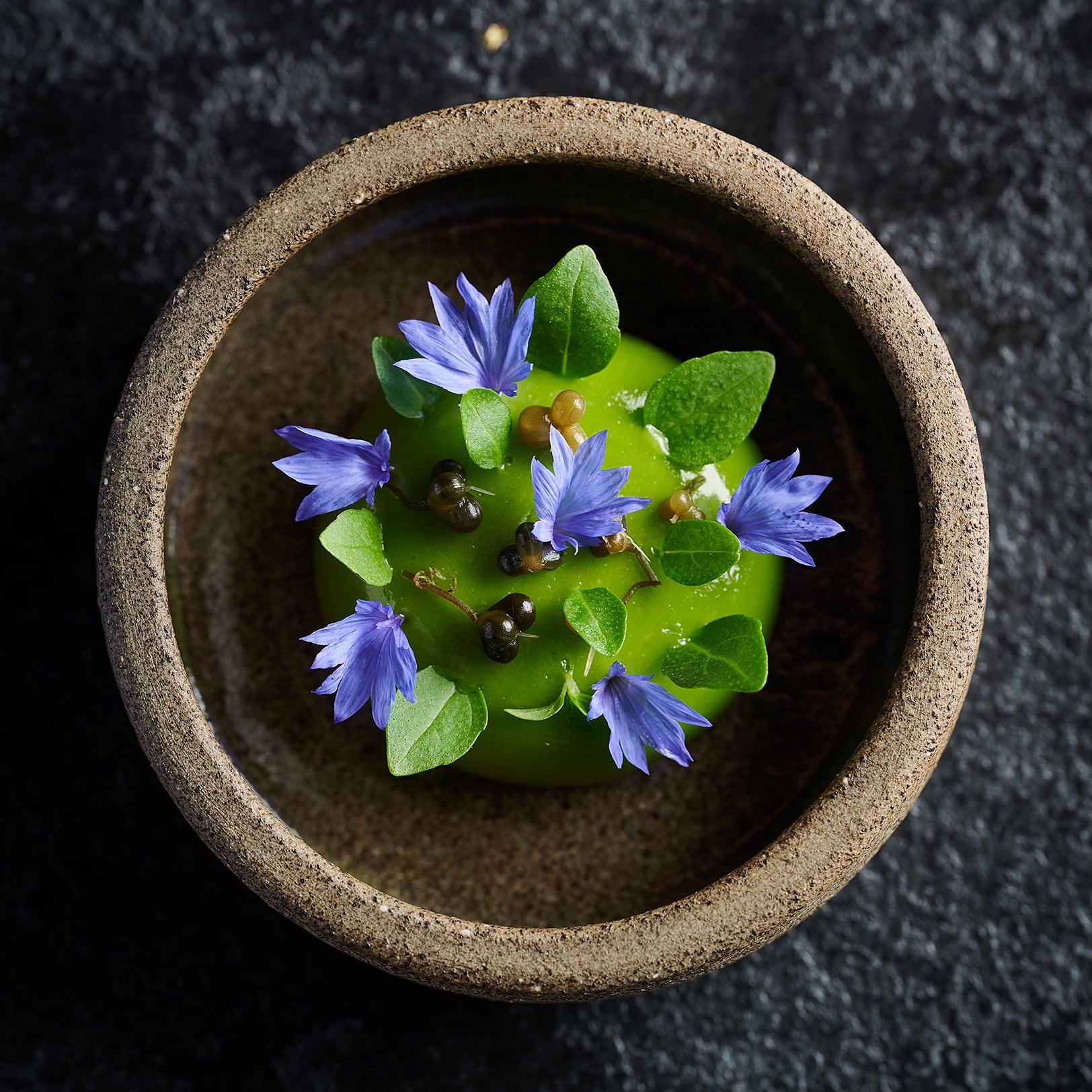
Finally bagging that star
There’s very little chance of Luke and Stacey compromising on their creative vision. If anything, they are doubling down. JÖRO is a highly rated restaurant that regularly appears on Restaurant’s list of the top 100 places to eat in the UK, but a Michelin star has so far remained elusive. Securing one is very much part of the plan for Oughtibridge Mill, not least because it would justify higher prices for both the menus and the rooms.
An arrival of a star wouldn’t just be a big moment for the couple; it’s also something those who have bought houses in the development will be watching closely. “Our guests who have moved out this way really want us to win accolades because it will increase the value of their houses,” Stacey says.
Michelin inspectors have been in a fair few times since JÖRO relaunched and have posted some encouraging things on social media. Next year will also mark 10 years of the restaurant, so it’s safe to say the pair will be paying close attention to their inboxes in the coming months, hoping for an invite from the little red book.
“We’re not going to beat around the bush. We are here to win a Michelin star,” says Luke. “That is what we are pushing for. And we are pushing very hard.”


